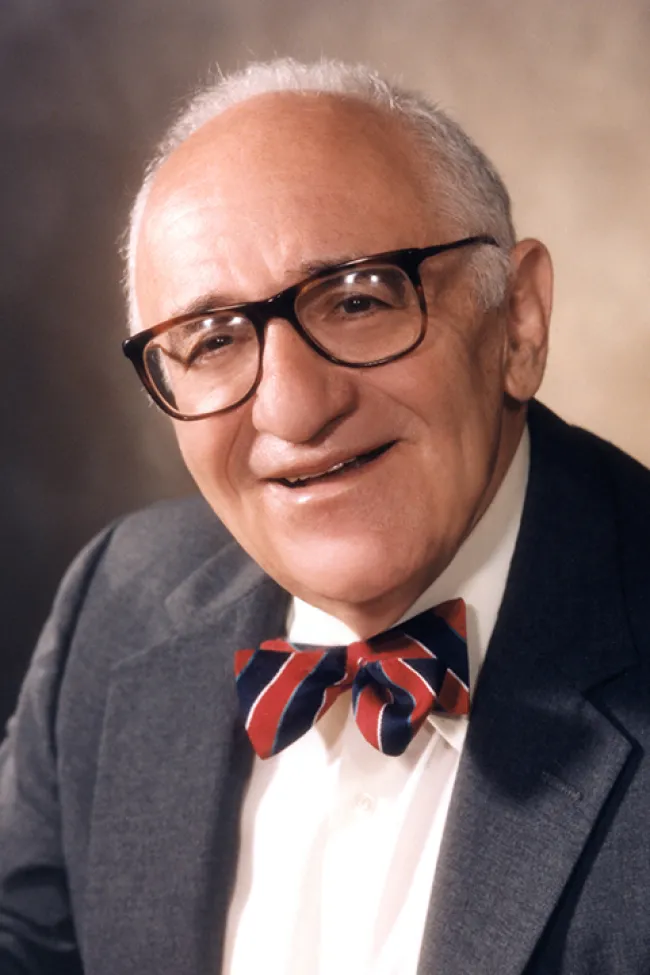- Downloads:
- View HTML Version
- Anatomy of the State.pdf
- anatomy_of_the_state.epub
- Anatomia del Estado.pdf
- mu_rui_luo_si_ba_de_-_pou_xi_guo_jia_chinese.pdf
- Anatomy of the State Hebrew עברית.pdf
- Related Content:
- Anatomy of the State
This gives a succinct account of Rothbard’s view of the state. Following Franz Oppenheimer and Albert Jay Nock, Rothbard regards the state as a predatory entity. It does not produce anything but rather steals resources from those engaged in production. In applying this view to American history, Rothbard makes use of the work of John C. Calhoun.
How can an organization of this type sustain itself? It must engage in propaganda to induce popular support for its policies. Court intellectuals play a key role here, and Rothbard cites as an example of ideological mystification the work of the influential legal theorist Charles Black, Jr., on the way the Supreme Court has become a revered institution.

No content found

Murray N. Rothbard made major contributions to economics, history, political philosophy, and legal theory. He combined Austrian economics with a fervent commitment to individual liberty.
We must realize that the two most powerful motivations in human history have always been ideology and economic interest, and that a joining of these two motivations can be downright irresistible.
The revolutionaries include the pamphleteer writing in his study, the journalist, the agitator, the organizer, the campus activist, the theoretician, the philanthropist.
November 11 was once known as Armistice Day, the day set aside to celebrate the end of WWI. In this essay Rothbard discusses the war as the triumph of several Progressive intellectual strains from the late 19th and early 20th centuries.

